Creative leap to beat the heat
Creative leap to beat the heat
Beyond sustainability: Home-grown company behind Clarke Quay’s cooler makeover creates urban spaces that are smarter, greener, friendlier
In 2023, Singapore recorded its highest temperature in 40 years:
in Ang Mo Kio.
But it was cooler in some other parts of the city. Why?
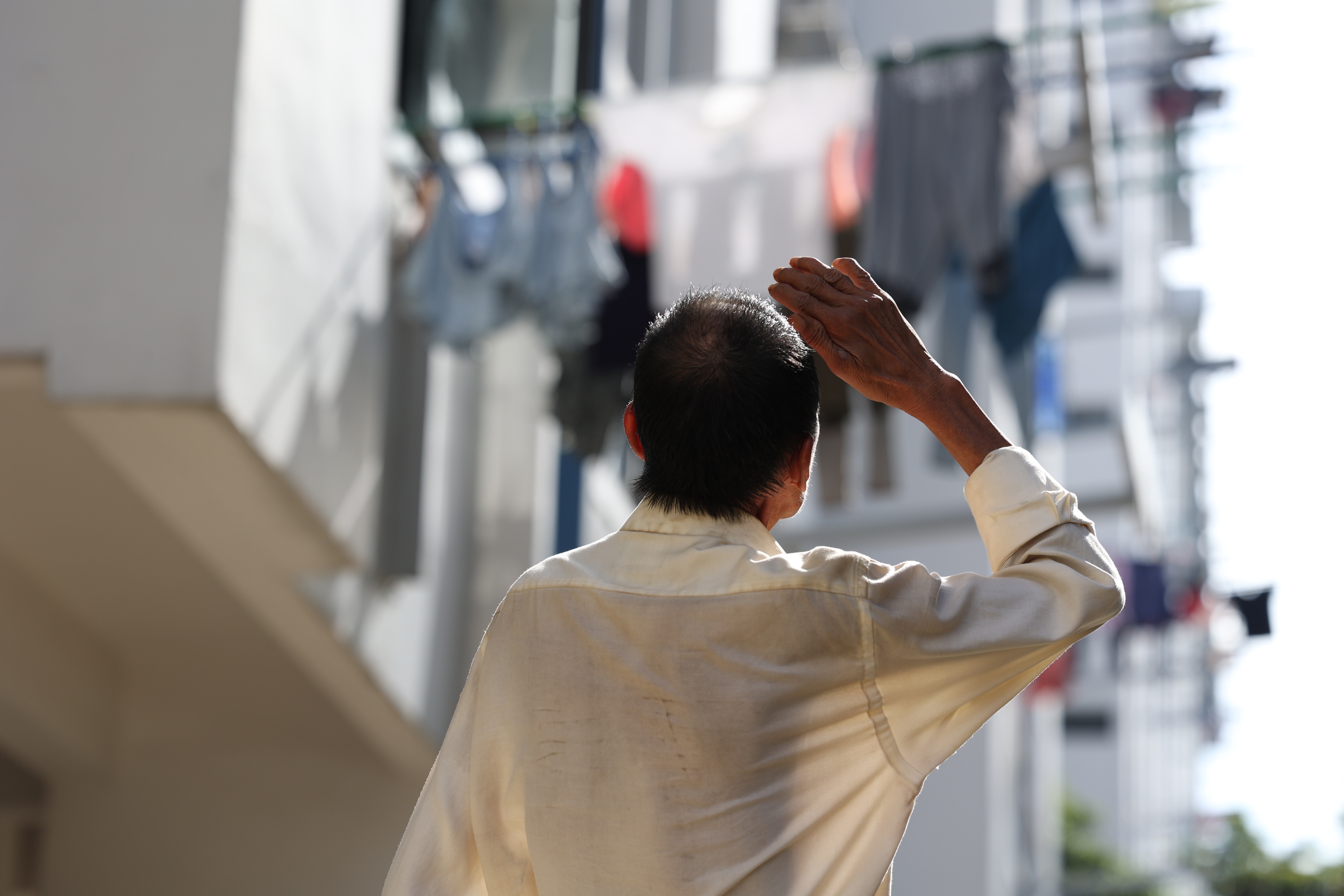
Image courtesy of SPH Media.
That’s because areas with more buildings can be up to
warmer than spaces like parks, also known as the urban heat island effect.
How can environmental design help?
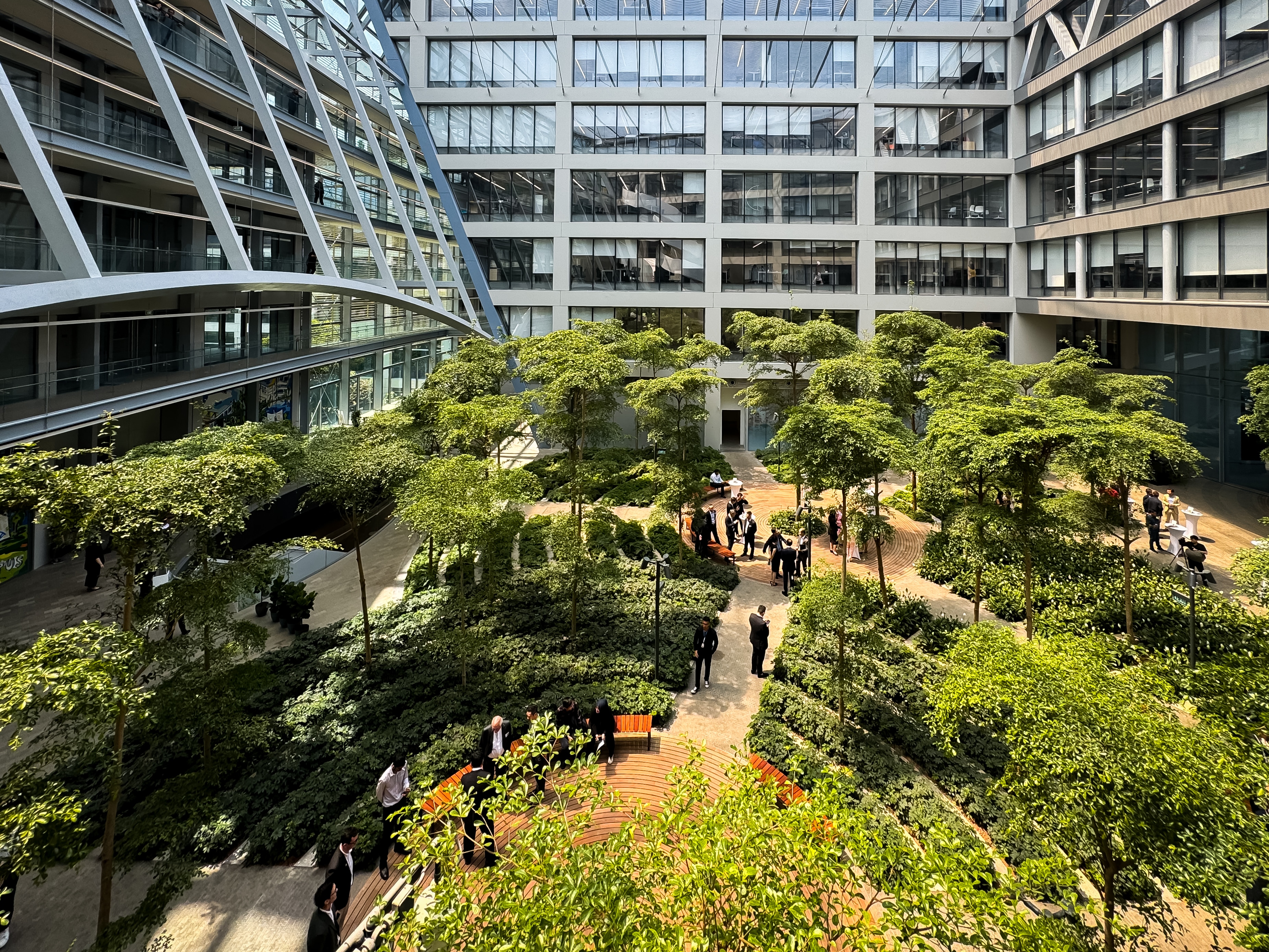
Image courtesy of SPH Media.
Beat the heat without aircon: Home-grown firm designs cooler, smarter urban spaces
Stepping into the shade just got cooler, with canopies that can bring down the surface temperatures of the ground by around 8 deg C
You step out for lunch. The heat and humidity hit you immediately.
Within minutes, your skin is sticky, your shirt clings to your back and you long for the cool embrace of air-conditioning.
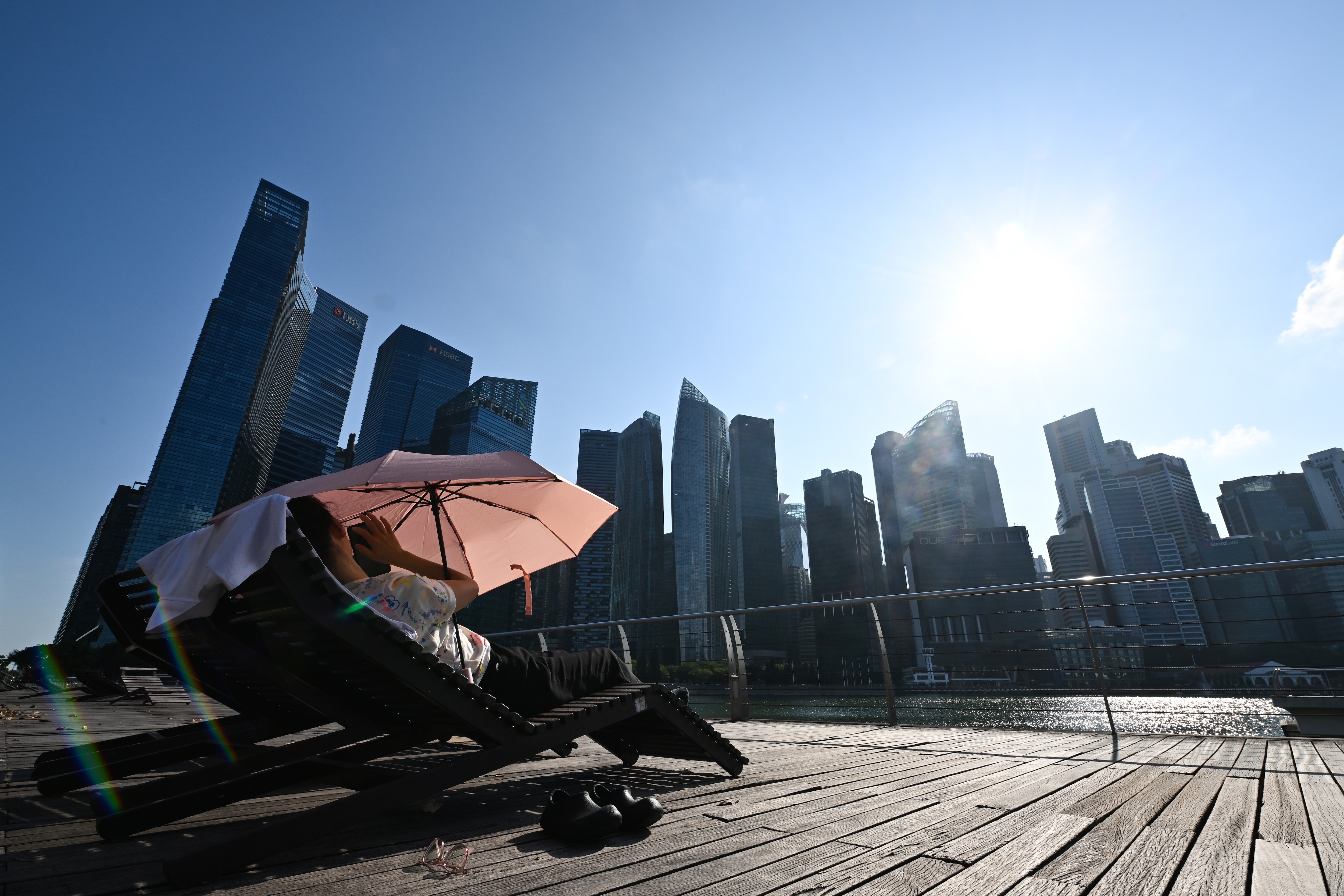
Image courtesy of SPH Media.
Scientists estimate that Singapore endured 122 extra days of dangerous heat in 2024 due to climate change. These are defined as days when the mean temperatures were higher than the warmest 10 per cent of readings from 1991 to 2020.
Compounding this issue is the urban heat island effect, says Mr Henry Woon, director of Environment, Buildings + Cities, at Surbana Jurong Group (SJ).
Headquartered in Singapore and wholly owned by investment company Temasek, SJ is a global consultancy specialising in urban development, infrastructure and managed services.
With 10 global member brands under its belt, SJ brings together experts in the built environment to design and develop smarter, more sustainable solutions for the future.
Number of offices that SJ has in more than 40 countries across its 10 global member brands
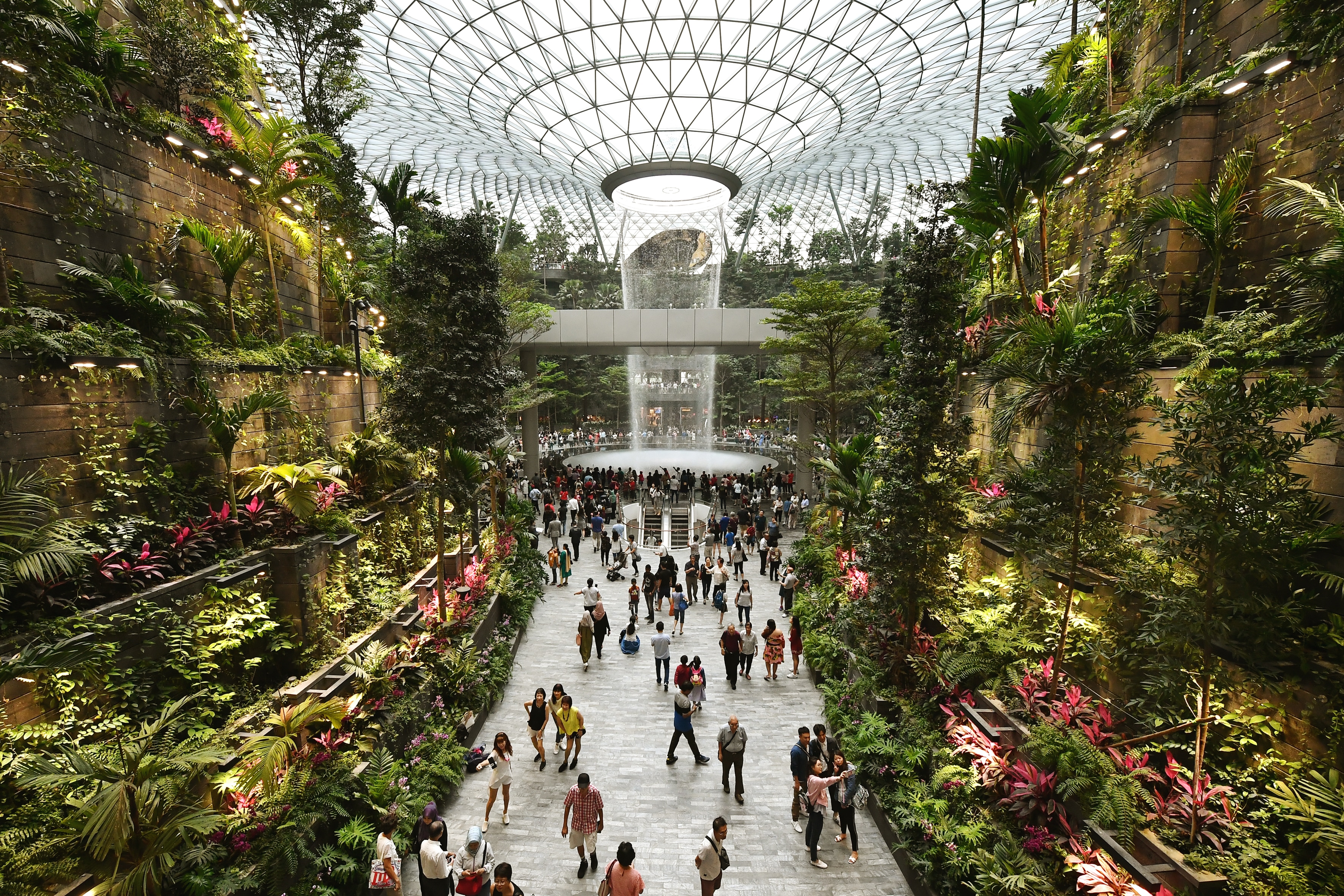
Image courtesy of SPH Media.
Its member brands include Atelier Ten, the firm behind the distinctive spiky facade of the Esplanade which filters sunlight, as well as the sustainable design of the indoor garden at Jewel Changi Airport.
Speaking to The Straits Times along the Read Bridge in Clarke Quay, Mr Woon explains that the urban heat island effect is a phenomenon where cities tend to be hotter than rural areas.
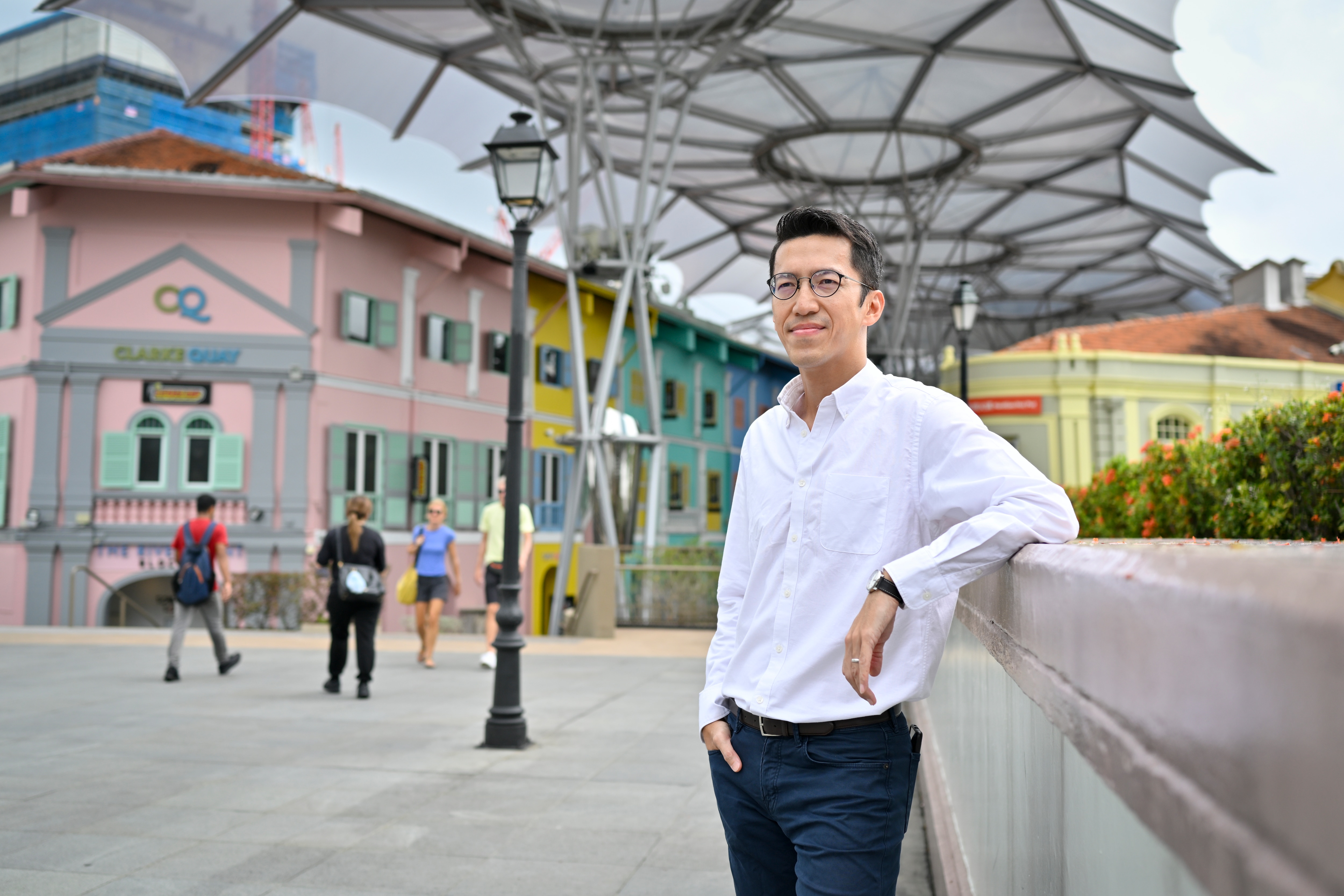
Mr Henry Woon, director of Environment, Buildings + Cities, at SJ, was part of the team that worked on the CQ @ Clarke Quay rejuvenation project. Image courtesy of SPH Media.
“It is more pronounced in areas that are densely built-up and lack sufficient greenery and wind flow,” says Mr Woon, 44, who has over 20 years of experience in environmental and sustainable design.
The contributing factors: Familiar urban materials such as concrete, glass and steel. They trap heat and raise temperatures in the surroundings, Mr Woon says.
So what can we do? Use the art and science of design to create cooler, smarter, and friendlier urban spaces, he says.
Expanding expertise
Surbana Jurong Group (SJ) has helped shape Singapore’s housing and industrial landscapes, including designing over a million homes.
The company has also shifted gears in recent years, broadening its global reach and expertise – especially in sustainability. One ongoing project: Exploring ways to protect Singapore’s coastline from rising sea levels.
A key driver of this transformation was Temasek’s investment in 2015.
“Cities are increasingly integrating smart technologies, sustainable materials and resilient urban design into their built environments,” says Mr Russell Tham, head of Emerging Technologies, Temasek, and former board member of SJ.
The Singapore-headquartered investment firm saw growing opportunities in the urban development sector, he adds.
“As an active shareholder, we (Temasek) are committed to engaging our portfolio companies, such as SJ, on their growth strategies to create sustained long-term value.”
For SJ, this has meant strategic investments to accelerate expansion, including the acquisition of 10 companies to offer a wider range of sustainable solutions, says Mr Tham.
Mr Sean Chiao, group chief executive officer of SJ, adds: “Temasek’s support has been crucial in fuelling our growth, by bringing together companies who are leaders in their respective fields, to form a collective of problem solvers.”
Today, SJ operates in over 40 countries and employs 16,000 globally. Its annual revenue has surged from $400 million in 2015 to $2.3 billion in 2024, with 7,000 active projects worldwide.
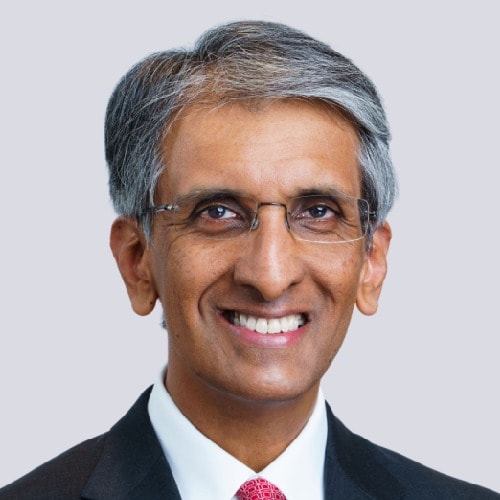
“The growth of Temasek’s portfolio companies from local to regional and global leaders reflects Singapore’s pioneering spirit and its DNA of determination, innovation and vision.
“As an active shareholder, Temasek engages them to enhance shareholder value as they grow their competitive edge and generate sustainable long-term returns, while fostering meaningful change for people and communities – so every generation prospers.”
– Mr Dilhan Pillay Sandrasegara, executive director and chief executive officer, Temasek
Our Singapore DNA, a series in partnership with Temasek, spotlights how home-grown companies in its portfolio have grown into regional and global leaders. It also explores how Temasek has partnered them throughout their journeys.
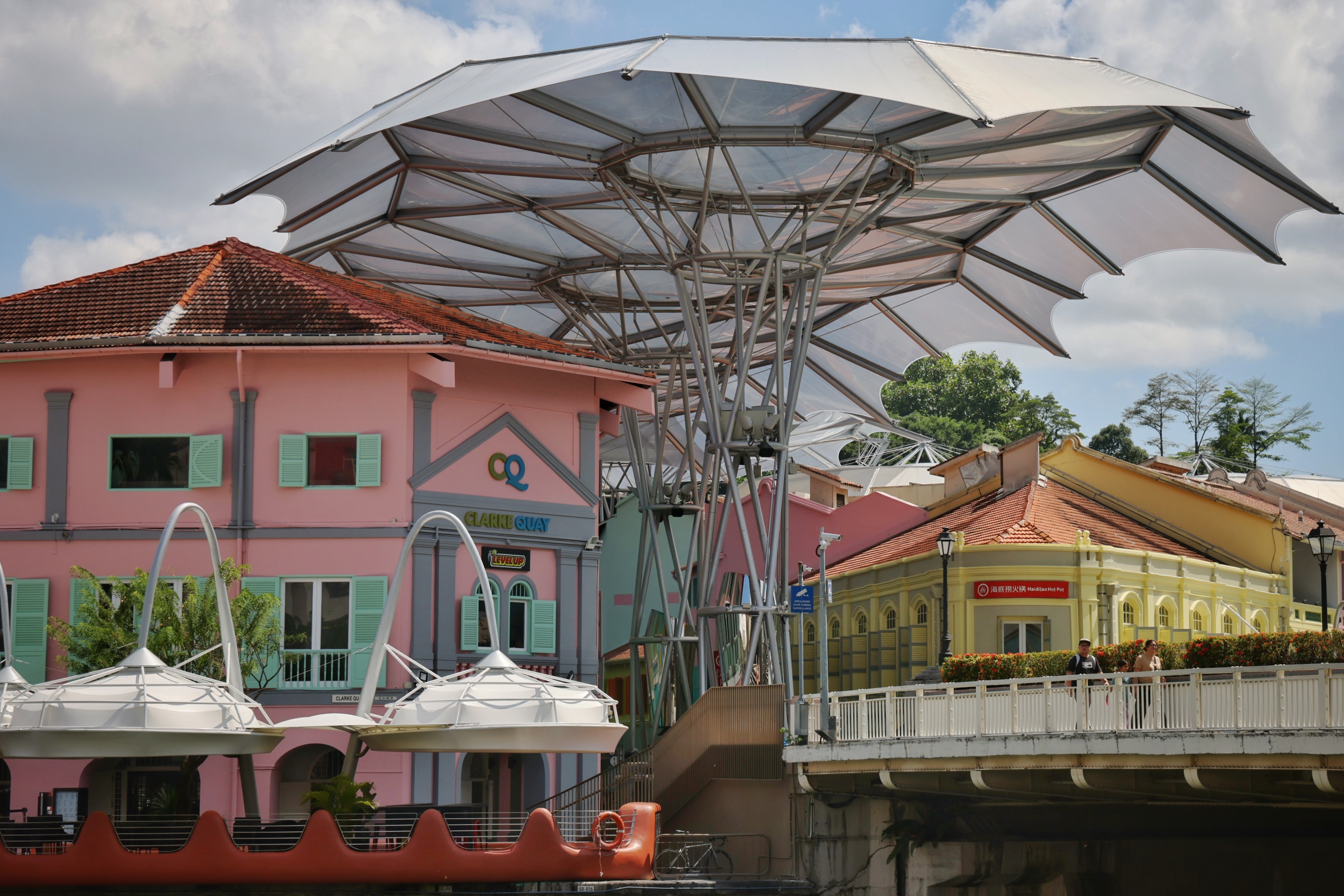
Image courtesy of SPH Media.
Designing comfort
Stepping under the shade of the iconic CQ @ Clarke Quay canopies, Mr Woon points out how the temperature immediately feels about 2.5 deg C cooler – even though the actual temperature hasn’t changed.
The canopies are made from a lightweight, transparent plastic membrane called ethylene tetrafluoroethylene (ETFE). Mr Woon explains that the canopies were upgraded to the higher-performance shading material during the CQ @ Clarke Quay rejuvenation project.
It enables the canopies to reduce solar heat gain by more than 60 per cent compared to before, improving comfort during the day, he explains.
The goal of the CQ @ Clarke Quay rejuvenation project: To make the precinct more conducive for daytime activities.
Completed in 2024, the project was part of a $62 million asset enhancement initiative (AEI) undertaken by CapitaLand Integrated Commercial Trust.
Mr Woon, who contributed to the CQ @ Clarke Quay rejuvenation project, shares how SJ uses environmental design elements to make urban spaces and buildings…
Cooler
The new ETFE canopies at CQ @ Clarke Quay reduce the surface temperature of the concrete floors from over 40 to around 32 deg C at mid-day, says Mr Woon.
This same material is used at SJ’s headquarters, dubbed its “campus in nature”, located within CleanTech Park at Jurong Innovation District. There, ETFE roofs help provide shelter for indoor gardens, keeping temperatures down while allowing natural light to filter through.
Smarter
SJ designed a customised fan system for CQ @ Clarke Quay that introduces a fine mist of water directly into the air stream. As the UV-treated fine water droplets are blown out of the fan, they provide an evaporative cooling effect to the surrounding food and beverage zones.
This new fan design operates at a lower pressure, and reduces energy consumption by about 50 per cent compared with the original fan system, Mr Woon says.
It also helps lower the environmental temperature in the surrounding area by about 2 deg C, he adds.
Greener
CQ @ Clarke Quay is flanked by Fort Canning on one side and the Singapore River on the other.
“It has open spaces in all directions, allowing for natural ventilation,” says Mr Woon.
The team worked with CQ @ Clarke Quay’s unique location to create a comfortable outdoor environment without relying on energy-intensive cooling. The enhanced natural ventilation, combined with the customised misting fans, helps counter the urban heat island effect by preventing heat from accumulating in the surrounding street area, he adds.
SJ applied this same approach – of integrating a building with its natural surroundings – to one of its latest projects: Mandai Rainforest Resort.
Nestled within the lush Mandai Wildlife Reserve, the resort was designed with nature-based principles. It was carefully built around existing trees in the area to preserve them, while maximising natural ventilation and shading.
The resort’s structures are elevated several meters above the ground. This enables native wildlife, such as wild boars and deer, to move freely underneath the resort, while allowing guests to be close to nature.
Building better
From renewable energy solutions to enhanced infrastructure, here’s how SJ is helping to shape more sustainable and resilient cities around the world.
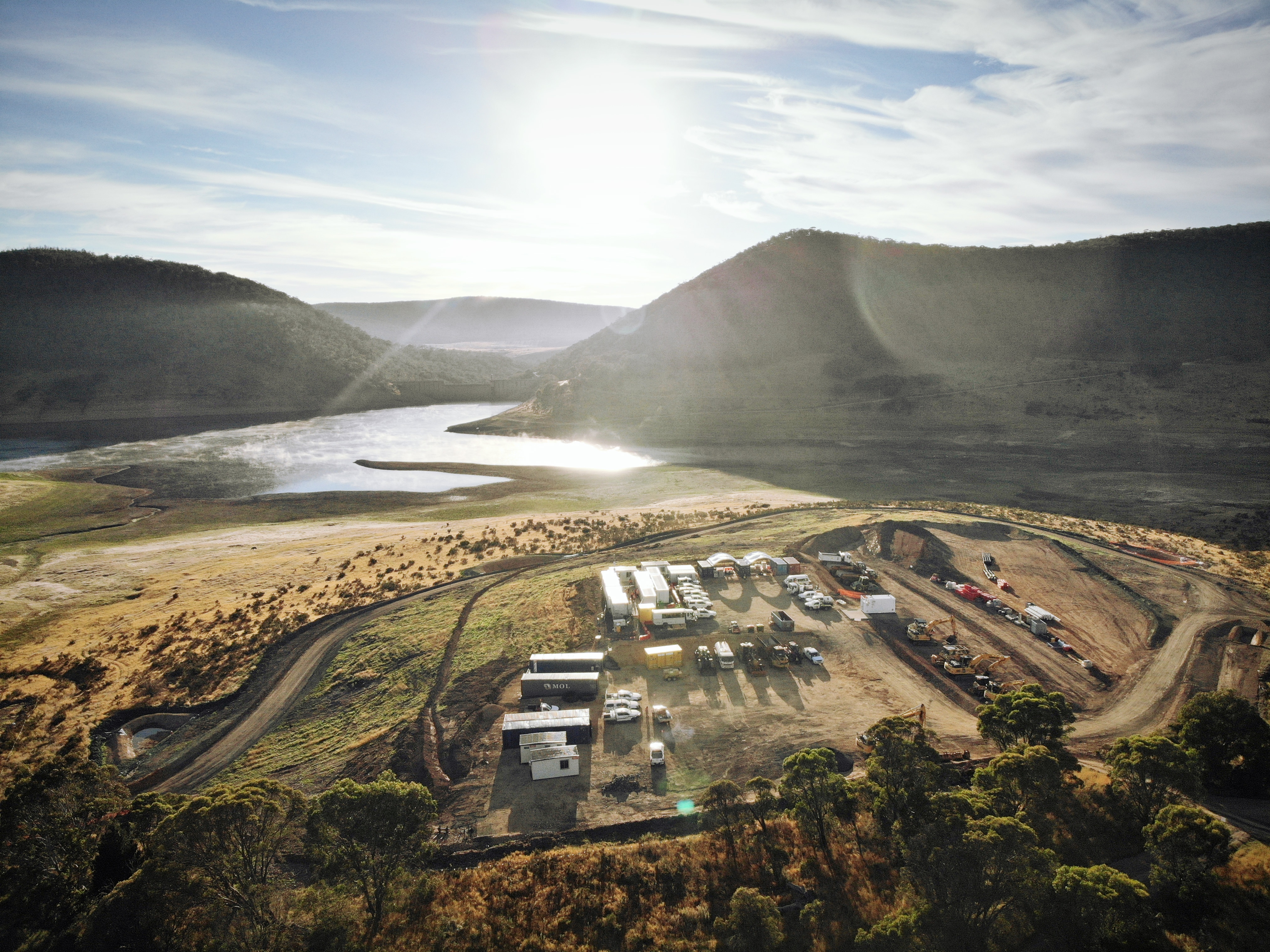
Image courtesy of Surbana Jurong.
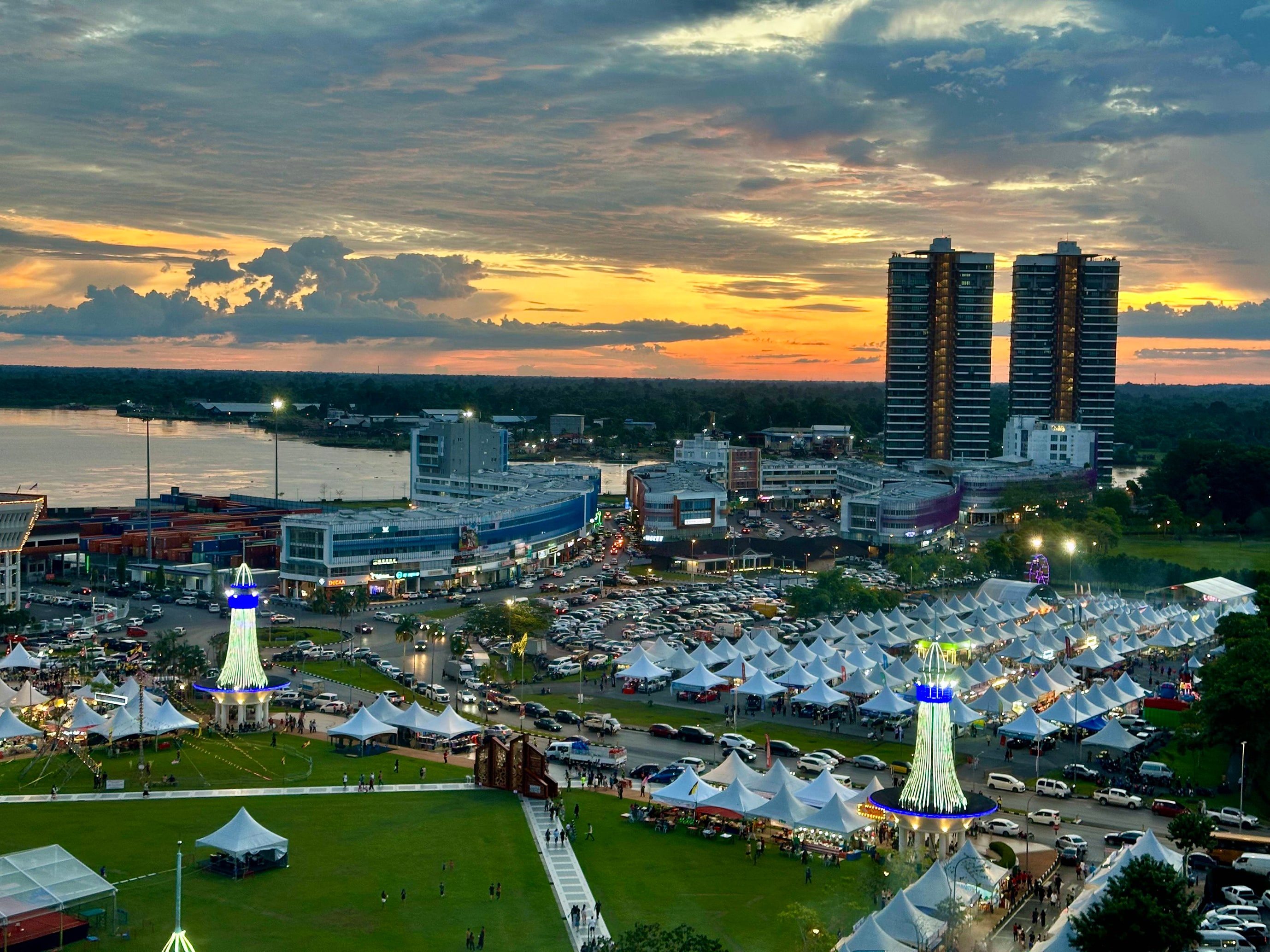
Image courtesy of SPH Media.
.jpg)
Image courtesy of Surbana Jurong.
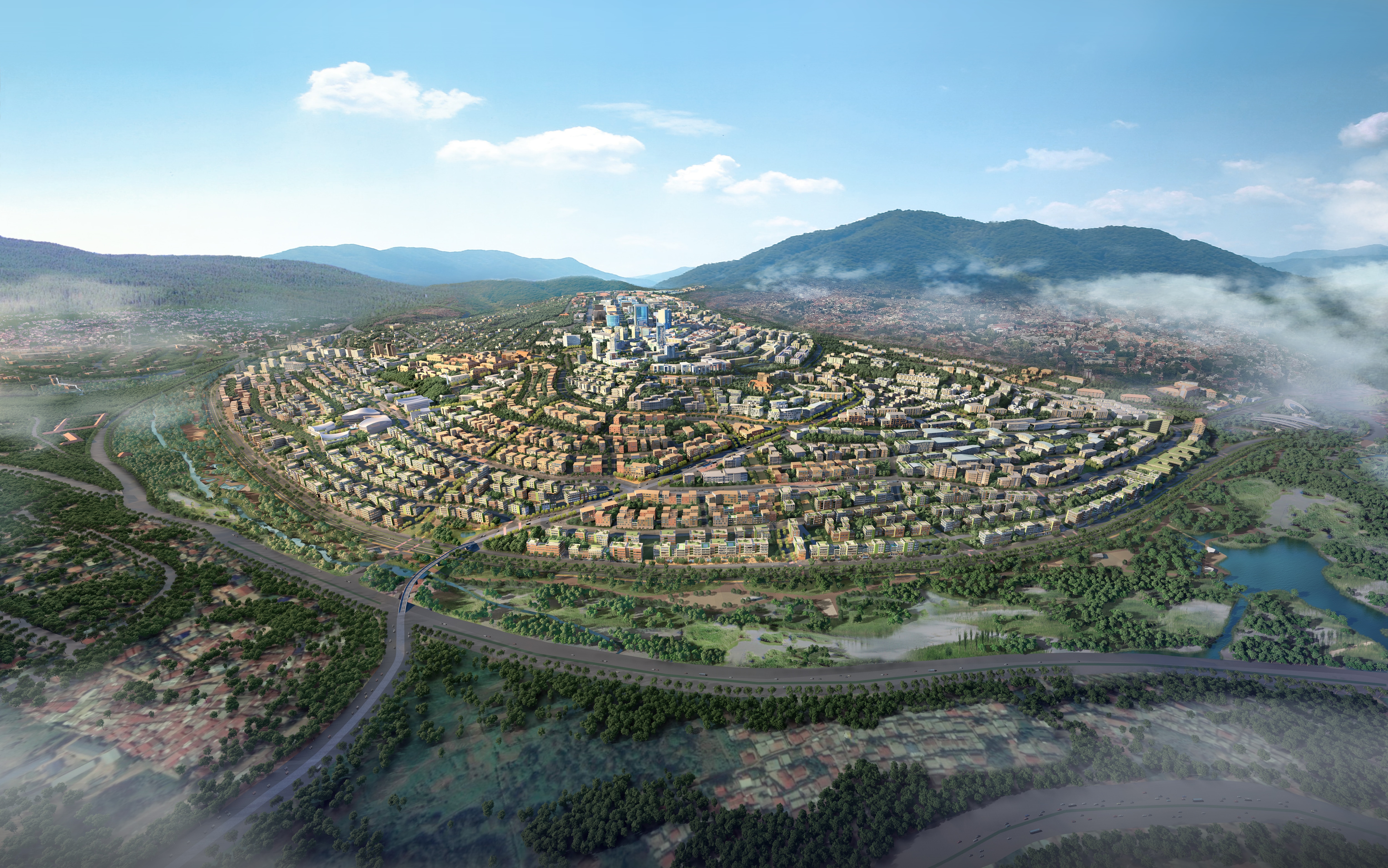
Image courtesy of Surbana Jurong.
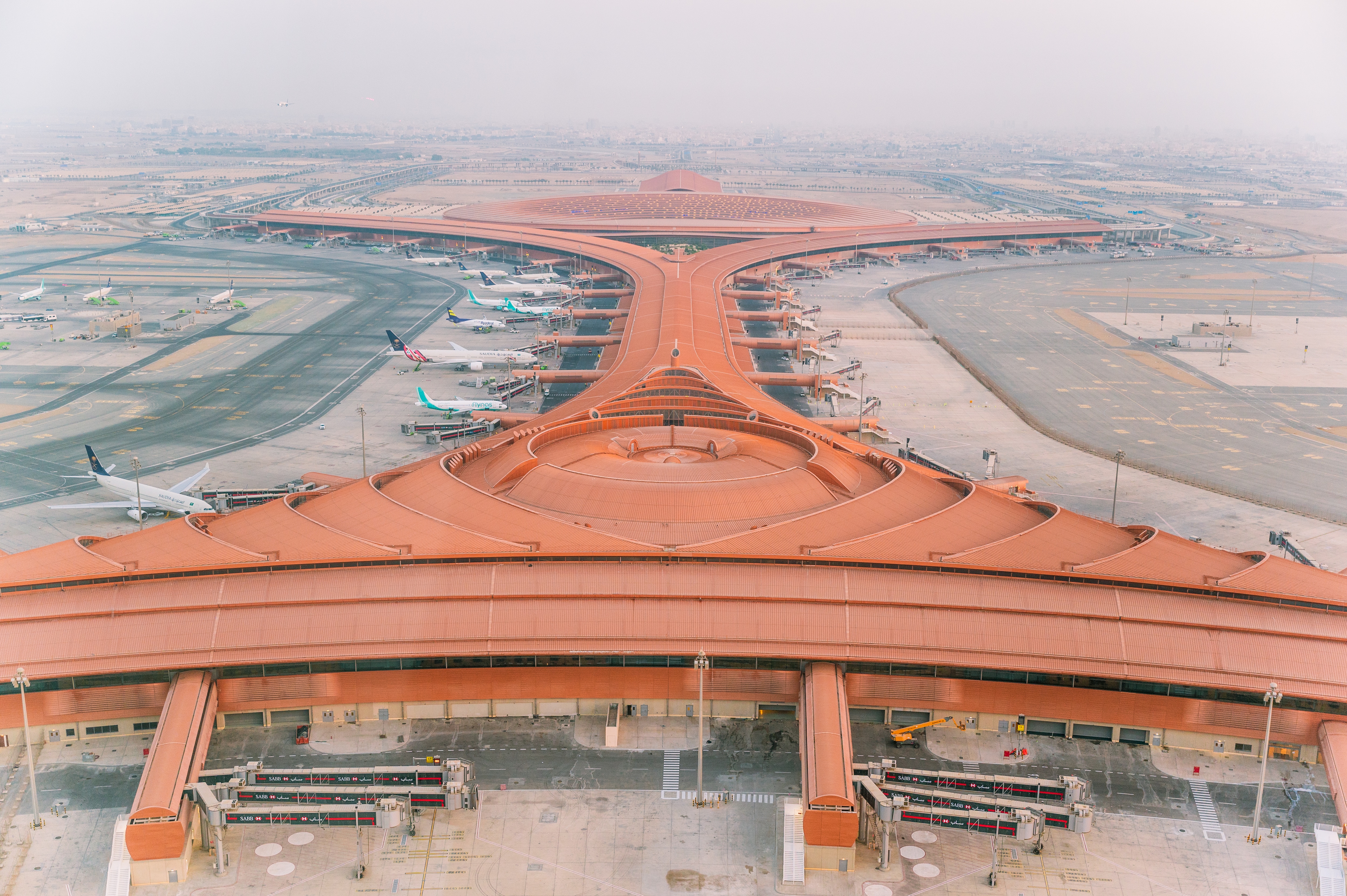
Image courtesy of Surbana Jurong.
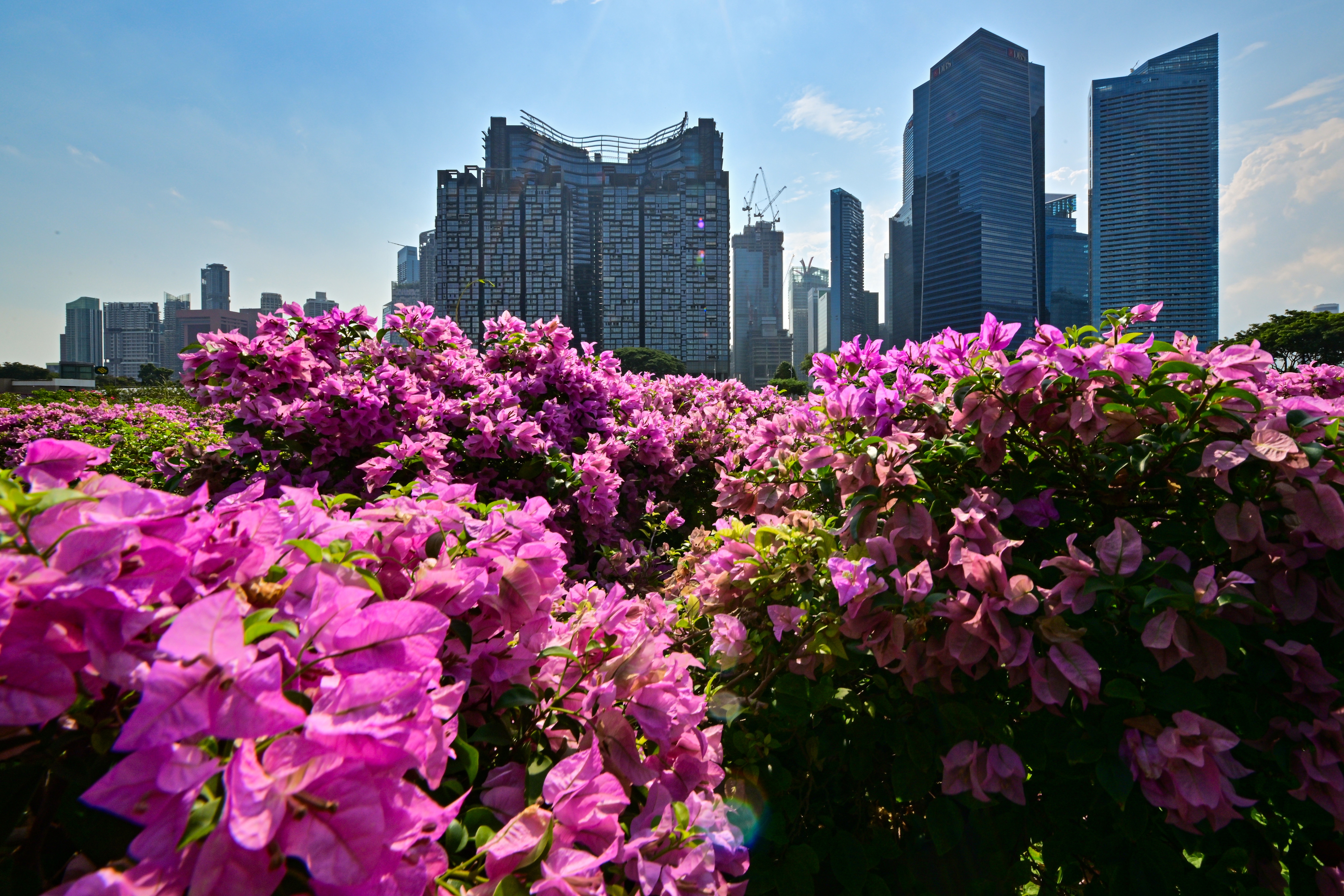
Image courtesy of SPH Media.
For people and planet, a positive impact
Over half of the global population (55 per cent) currently resides in urban areas, according to data from the United Nations (UN). This figure is projected to reach 70 per cent by 2050.
But every building carries an environmental cost.
Already, the built environment is responsible for a staggering 37 per cent of global energy-related emissions, says a 2023 study by the UN Environment Programme.
A look at SJ’s evolution:
1960s
Surbana was formed as the Building and Development Division of the Housing and Development Board (HDB) to solve the nation’s housing crisis. Its goal: To provide affordable, quality housing for Singapore’s growing population.
Jurong International started out as the Technical Service Group in Jurong Town Corporation (now JTC Corporation), which was responsible for the development and management of industrial parks and their related facilities, in Singapore.
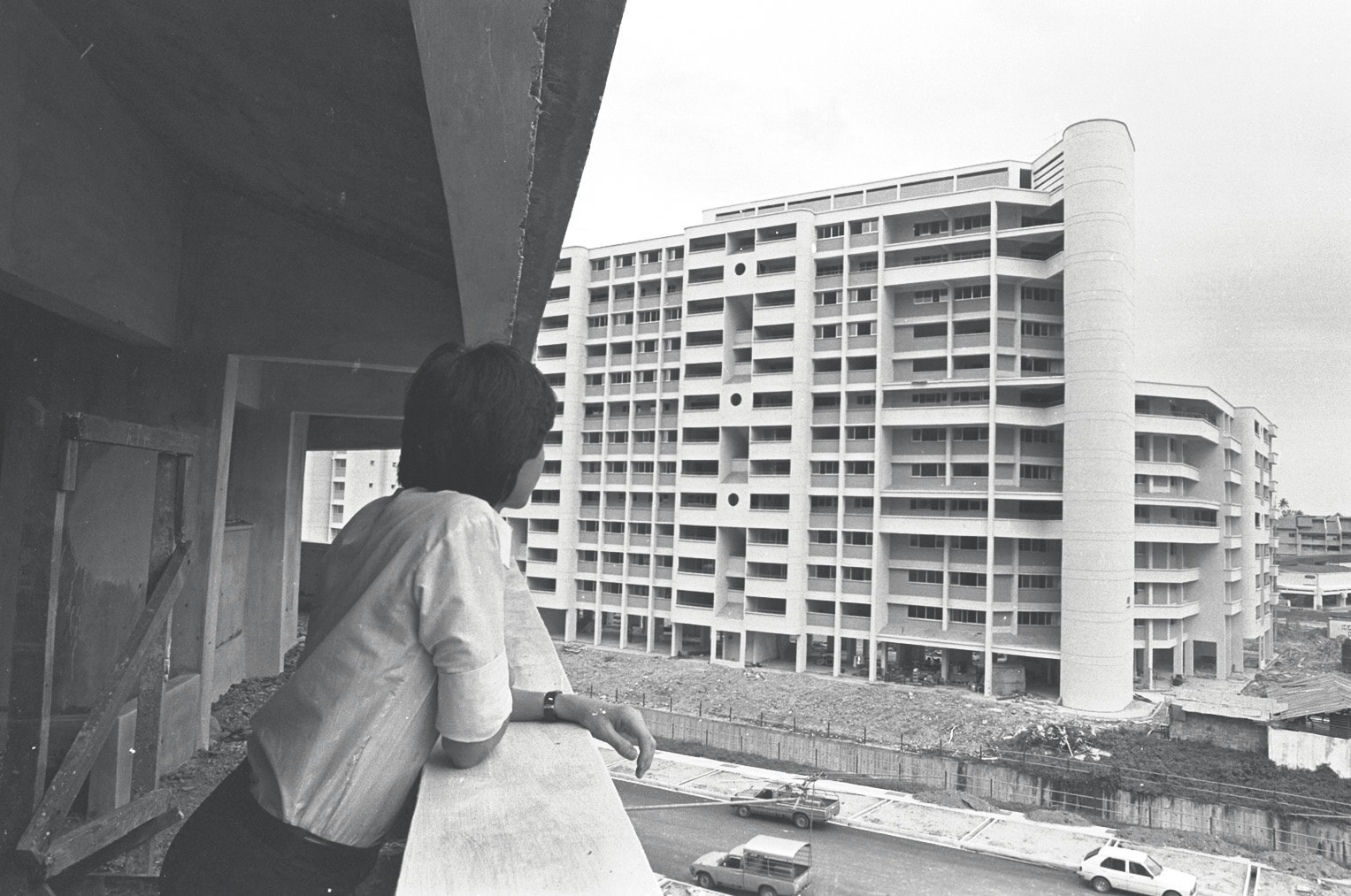
SJ has roots in solving Singapore’s housing crisis and driving industrialisation. Image courtesy of SPH Media.
2015
- Surbana Jurong was born out of the merger of Surbana and Jurong International, with shares split between Temasek (51 per cent) and JTC (49 per cent).
To strengthen its engineering capabilities in Singapore and the region, SJ acquired multidisciplinary engineering firm KTP Consultants.
2016
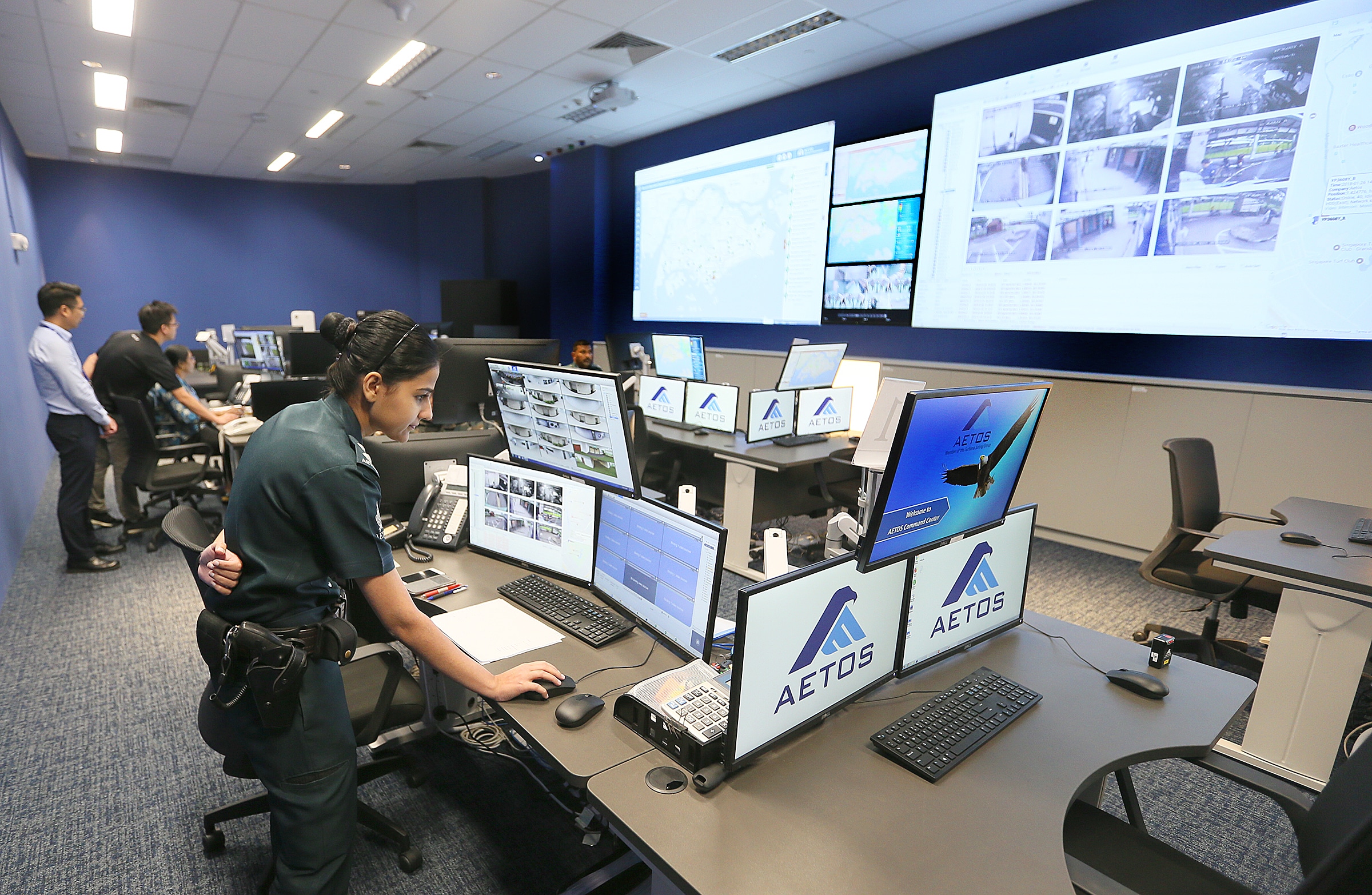
SJ acquired security firm Aetos in 2016. Image courtesy of SPH Media.
Temasek acquired JTC's share in the company. SJ is now wholly owned by Temasek.
SJ expanded its engineering expertise and talent pool with the acquisition of SMEC Holdings, an Australia-based consultancy firm specialising in major infrastructure projects.
The acquisition of security firm Aetos added safety and security solutions to SJ’s portfolio.
2017
SJ’s construction engineering capabilities were strengthened with the acquisition of Australia-based Robert Bird Group. The move also expanded SJ’s market reach into the UK.
2018
SJ acquired Canada-based B+H Architects; CHIL Interior Design, the hospitality studio of B+H; and SAA Architects, a Singapore-based architecture firm, to enhance the group’s design capabilities.
![CMG20240105-LimMS03/林明顺/李思邈/访:生生不息 [Woodlands Health Campus] Caption: The garden is being built on a natural slope so the garden has different floor ground elevation/height. CMG20240105-LimMS03/林明顺/李思邈/访:生生不息 [Woodlands Health Campus] Caption: The garden is being built on a natural slope so the garden has different floor ground elevation/height.](/content/dam/temasek-corporate/news-and-views/Stories/our-singapore-dna/surbana-jurong/2018-sj.jpg)
SAA Architects designed Woodlands Health Campus in Singapore, a healthcare facility within a park-like environment. Image courtesy of SPH Media.
2020
- The group added Prostruct Consulting, a specialist in blast and security consulting, to its member brands.
Environmental design consultancy Atelier Ten was also acquired as SJ increased its focus on sustainability.
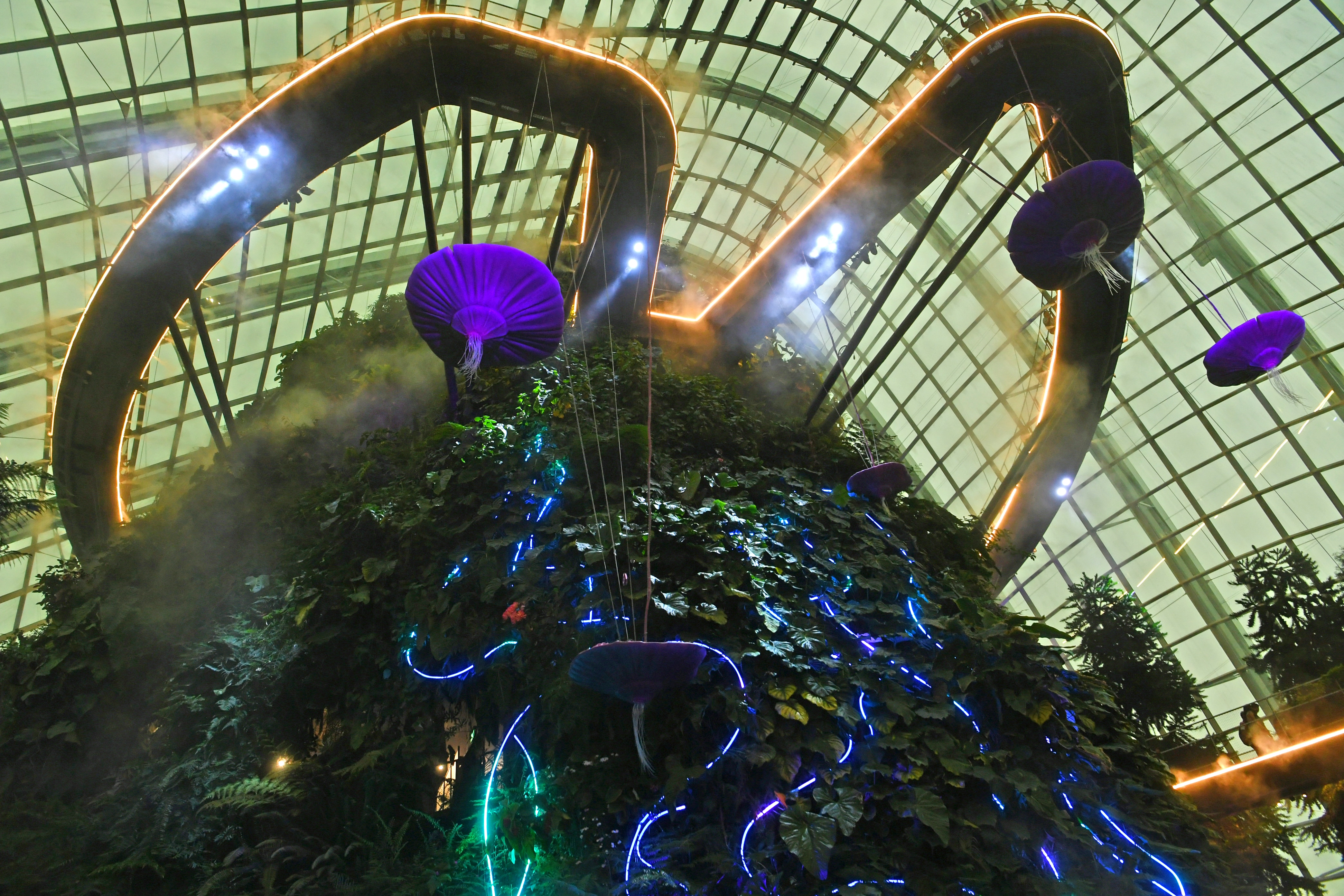
Atelier Ten contributed to the two domes at Gardens by the Bay as the environmental and sustainable design consultant and building services engineer. Image courtesy of SPH Media.
For SJ, decarbonisation is key. As part of the World Green Building Council’s Net Zero Carbon Building Commitment, the company has pledged to develop and implement a decarbonisation roadmap. This will outline key actions and milestones to achieve carbon-neutral operations by 2030.
Carbon neutral means that any carbon emissions released into the atmosphere is balanced by an equivalent amount being removed.
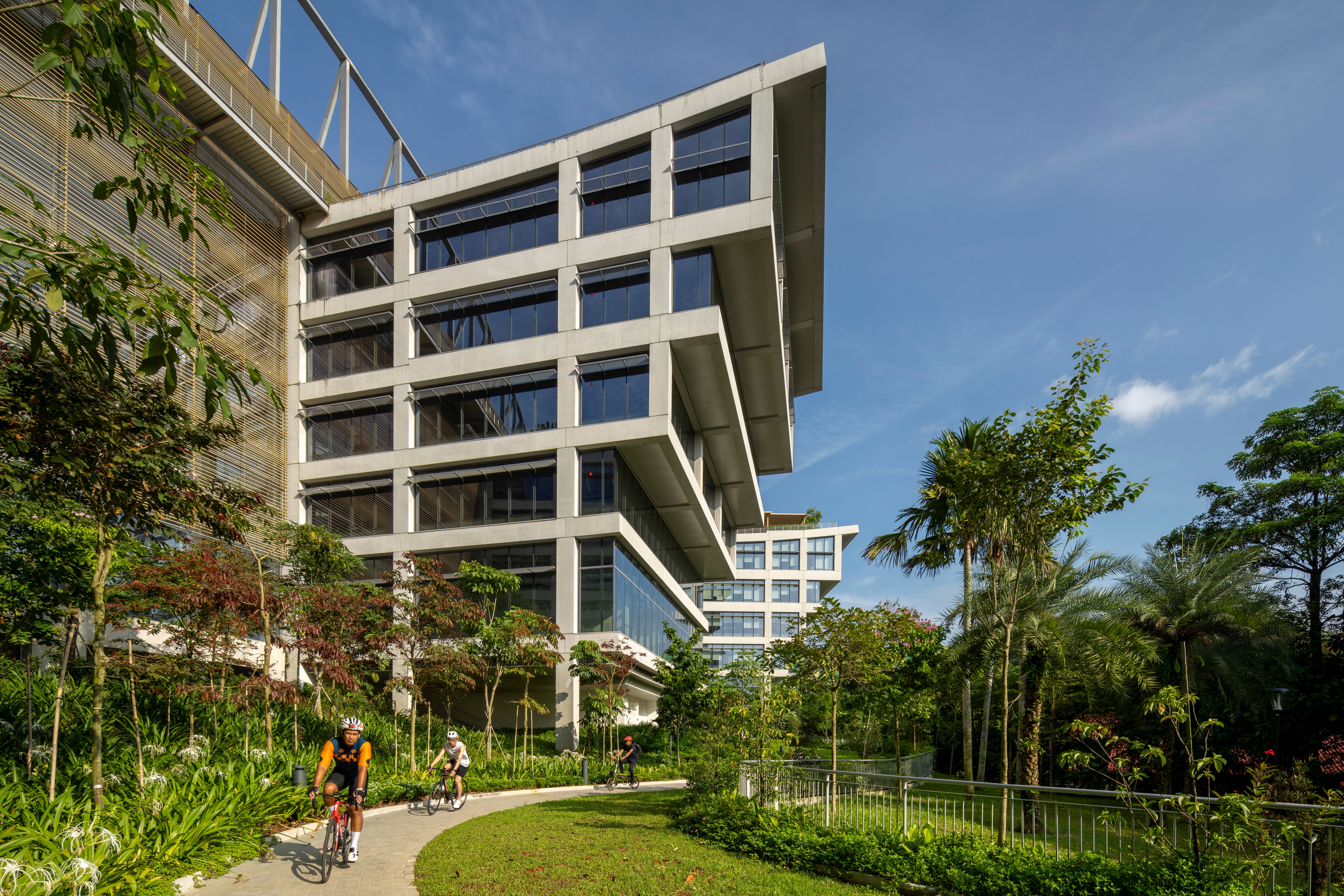
SJ’s “campus in nature”, located within CleanTech Park at Jurong Innovation District, serves as its living lab for built environment innovation. Image courtesy of SPH Media.
But is reducing or offsetting carbon emissions enough?
No, says SJ’s Mr Woon, who led the CQ @ Clarke Quay rejuvenation project.
“For those of us shaping urban spaces, our responsibility shouldn’t stop at just minimising impact,” he says, introducing the concept of regenerative design in the built environment.
Regenerative design goes beyond sustainability, Mr Woon explains, by moving away from doing less harm to creating a “net-positive impact”.
It is about designing spaces that are better for the planet and people, he adds, enhancing the well-being of those who use it.
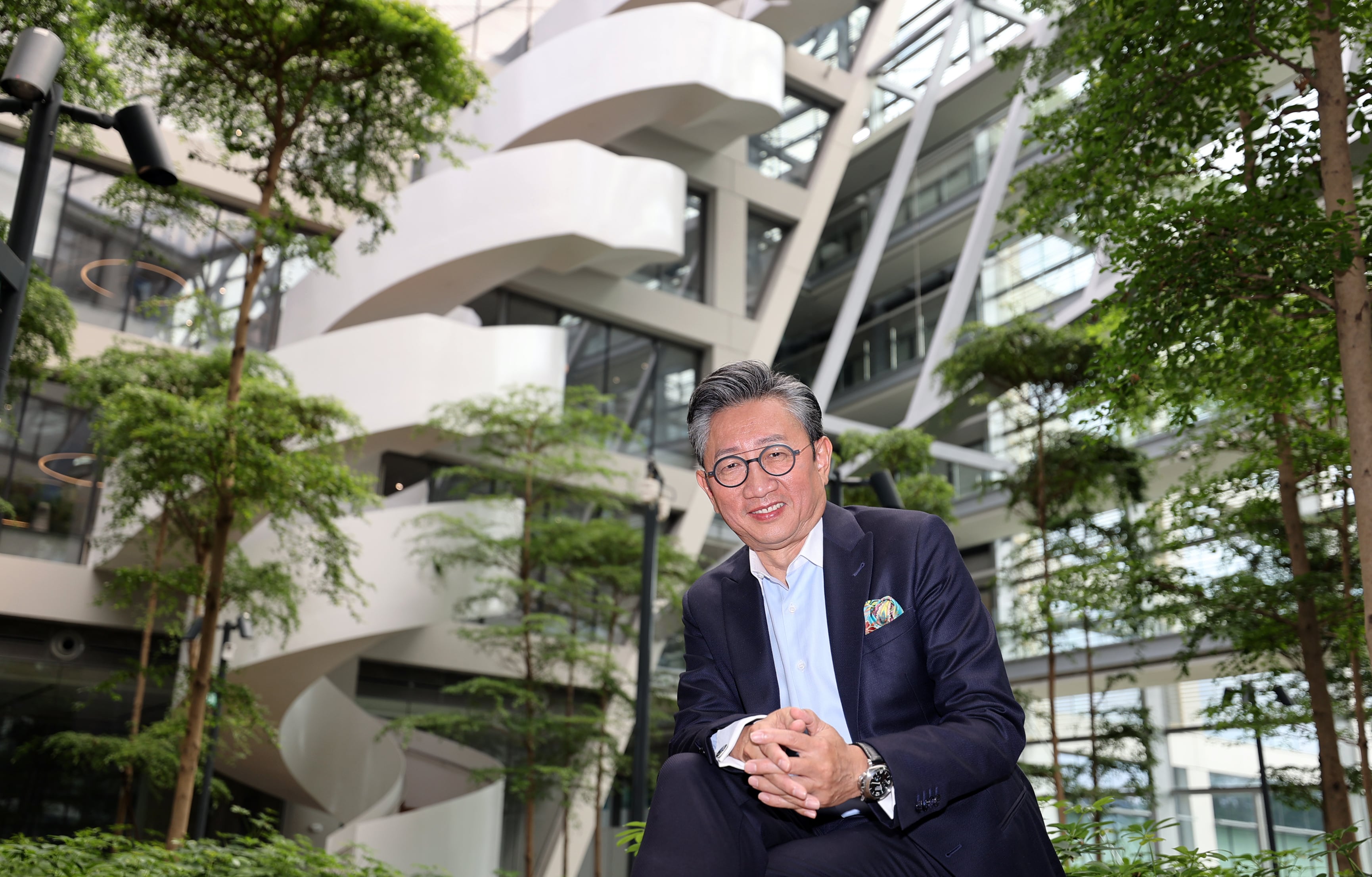
SJ group chief executive officer Sean Chiao says the company is focused on a “regenerative future”, beyond just carbon reduction. Image courtesy of SPH Media.
“We’re driving towards a regenerative future,” says Mr Sean Chiao, group chief executive officer of SJ. “Beyond carbon reduction, we’re committed to shaping cities and buildings that regenerate, not just sustain, in the long term.”
The transformation of CQ @ Clarke Quay reflects this vision.
The rejuvenation reimagined the precinct for daytime use by improving thermal comfort, enabling a dynamic tenant mix, and integrating the space with its natural surroundings.
The goal wasn’t to change CQ @ Clarke Quay’s identity but to breathe new life into it, says Mr Woon.
It’s an approach that embodies SJ’s mission – designing urban spaces that create a positive impact for people and the planet.
Our Singapore DNA spotlights how home-grown companies in Temasek's portfolio have grown into regional and global leaders. The series also explores how Temasek partners its portfolio companies throughout their journeys.
In partnership with
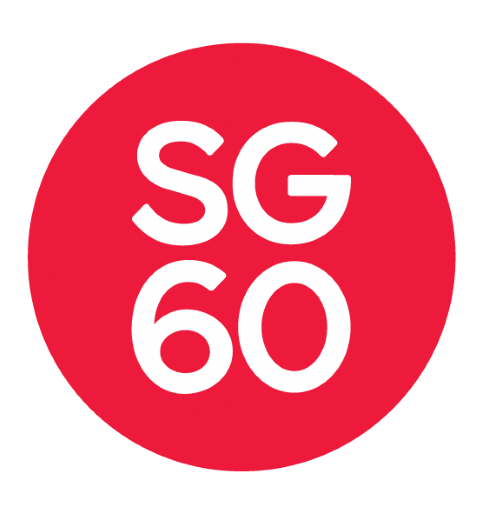
Source: The Straits Times © SPH Media Limited. Permission required for reproduction.


